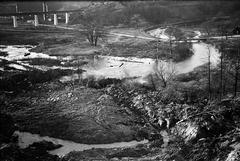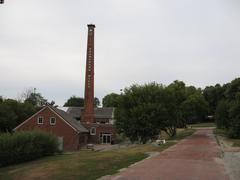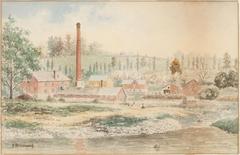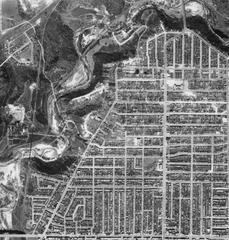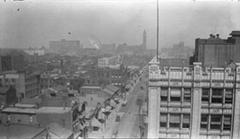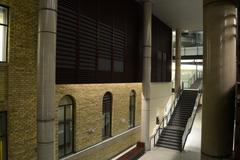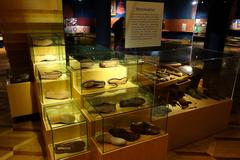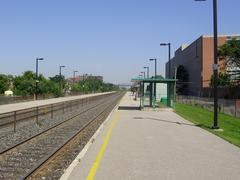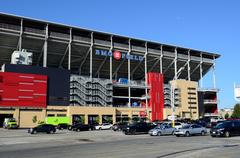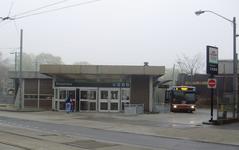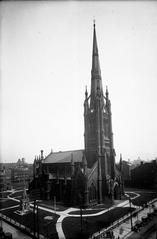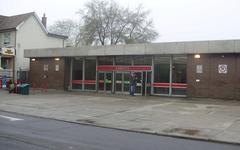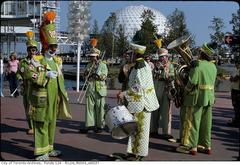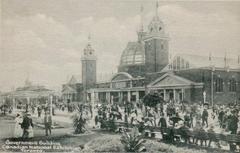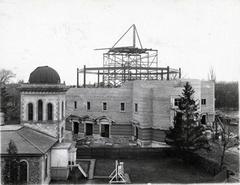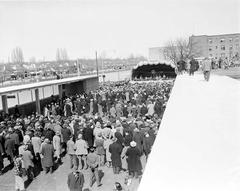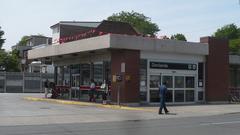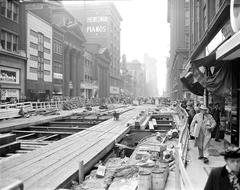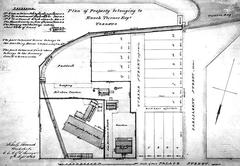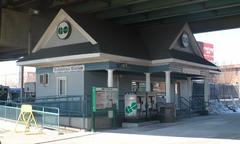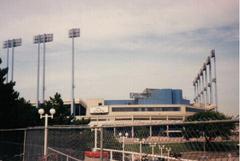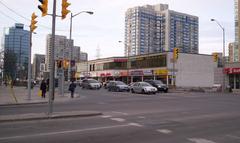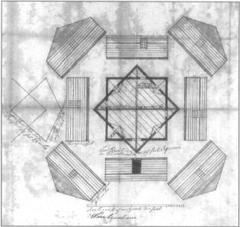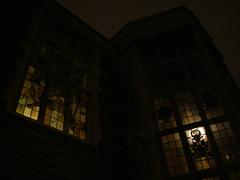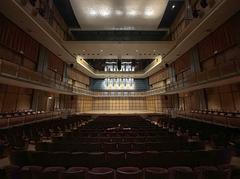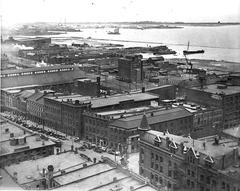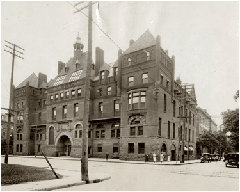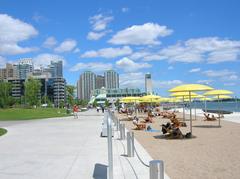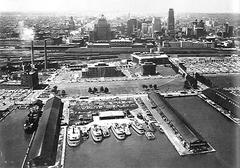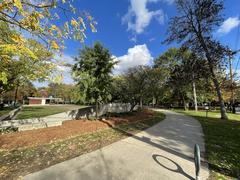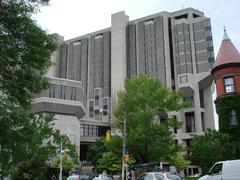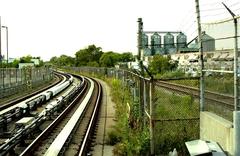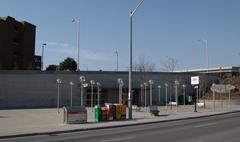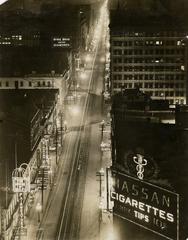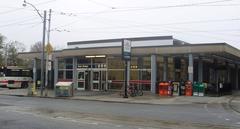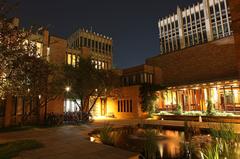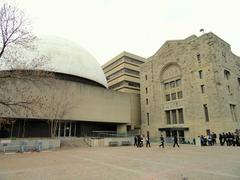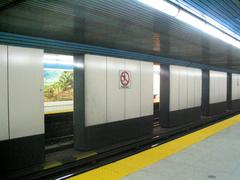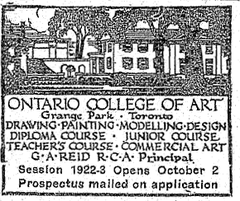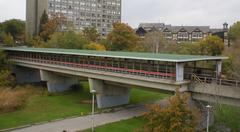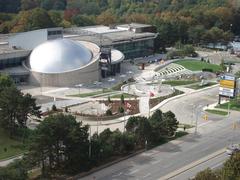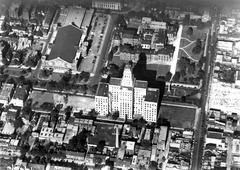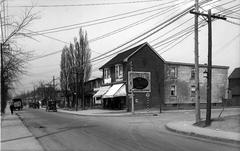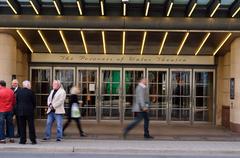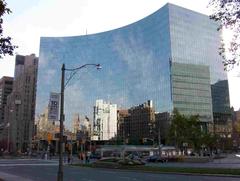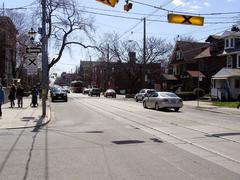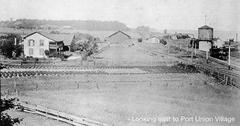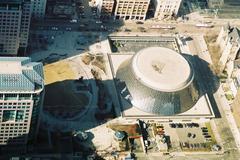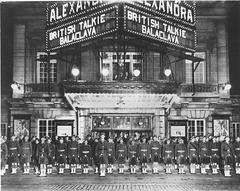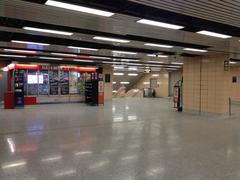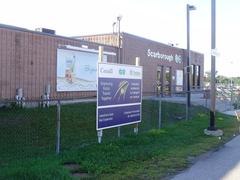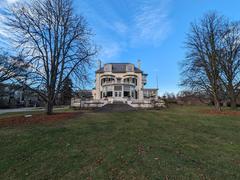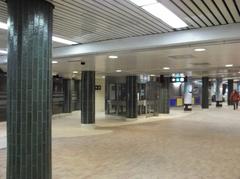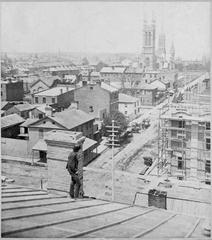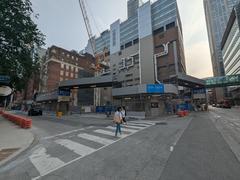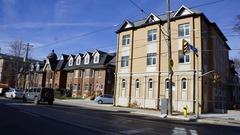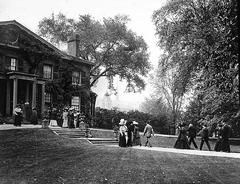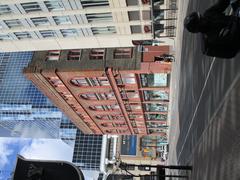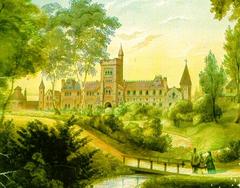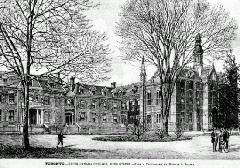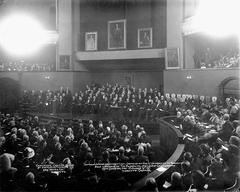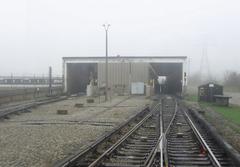
Comprehensive Guide to Visiting Todmorden Mills, Toronto, Canada
Date: 31/07/2024
Introduction
Nestled within the bustling cityscape of Toronto, Todmorden Mills stands as a beacon of history, culture, and natural beauty. This historical gem offers visitors a unique glimpse into the early settlement and industrial development of Toronto, while also serving as a cultural hub and natural sanctuary. Established in the late 18th century, Todmorden Mills has evolved from a thriving industrial site to a cherished cultural heritage site. Its rich history, marked by the contributions of the Skinner, Helliwell, and Taylor families, highlights the industrious spirit and resilience of Toronto’s early settlers. Today, Todmorden Mills is not only a testament to Toronto’s past but also a vibrant community space that hosts educational programs, cultural events, and nature preserves. Whether you’re a history enthusiast, nature lover, or simply seeking a unique outing, Todmorden Mills promises an engaging and enriching experience. This comprehensive guide will provide detailed information on visiting hours, ticket prices, guided tours, and travel tips to help you make the most of your visit to this historical landmark (On The Danforth, Toronto Feature: Todmorden Mills, Wikipedia).
Table of Contents
- Introduction
- History of Todmorden Mills
- Environmental Impact and Modern Significance
- Visitor Information
- Travel Tips and Nearby Attractions
- Preservation and Cultural Heritage
- FAQ
- Conclusion
History of Todmorden Mills
Early Settlement and Establishment
Todmorden Mills, located in Toronto, Canada, has a rich history that dates back to the late 18th century. The story of Todmorden Mills begins with the Toronto Purchase, a controversial land agreement made in 1787 between two Indigenous nations and the British Crown. This agreement supposedly granted the British Crown ownership over the lands on the Toronto Peninsula, paving the way for settlers to establish their homes in the area (On The Danforth).
In 1793, Aaron and Isaiah Skinner were granted a plot of land by Lieutenant Governor Simcoe. They established a sawmill along the Don River, which was significantly more winding and teeming with life at that time. The sawmill quickly succeeded, and by 1795, the Skinners had built a gristmill to grind wheat into flour (On The Danforth).
The Helliwell Era
By 1821, the Skinners sold a section of their property to the Helliwell family, who made significant contributions to the area. The Helliwells, originally from West Yorkshire, England, renamed the area Todmorden after their hometown. They established a brewery and a mill that produced paper and wheat. The paper mill was particularly noteworthy as it was the first of its kind in Upper Canada, using a mechanized system to produce a greater volume of paper. This paper was used to print many of Canada’s earliest publications, including William Lyon Mackenzie’s Colonial Advocate (On The Danforth).
Thomas Helliwell kept a detailed diary of early settler life, which is now an important historical record. The Helliwell House, the family residence, is an architectural treasure made from adobe bricks, a rare construction material in the area (On The Danforth).
The Taylor Family and Industrial Expansion
In 1855, following a devastating fire that destroyed much of the brewery, the Helliwells sold the land to the Taylor family. The Taylors were influential in guiding the Don Valley settlement through its transition into Confederation and the 20th century. They established the Don Valley Paper Company and built three mills along the river, contributing to a paper boom in Toronto. These mills produced a significant portion of the material used to print daily and weekly newspapers leading up to and following Confederation (On The Danforth).
The Taylors also built what is now the Evergreen Brick Works in 1889. However, the family eventually went bankrupt in 1901, and the land fell into misuse. The current museum and cultural heritage site were opened in 1967 to commemorate Canada’s centennial. The site now includes four buildings that have maintained the fabric of the original structures, including two residences, the Helliwell House, a paper mill converted into a museum and theatre, and a 9.2-hectare nature reserve (On The Danforth).
Environmental Impact and Modern Significance
Todmorden Mills is not just a historical site but also a poignant symbol of environmental change. The early settlers, in their quest to control the region and its environment, utilized and often destroyed the natural landscape, pushing out its native inhabitants. The Don River, once teeming with life, was significantly altered and straightened out in the late 1880s. This environmental damage is a reminder of the impact of urban growth and industrialization (On The Danforth).
Today, Todmorden Mills serves as a living monument to Toronto’s collective past. It offers a rare glimpse into the lives of early settlers and the steps they took to establish their community. The site is a testament to the resilience and industrious spirit of those who shaped the area, as well as a reminder of the environmental costs of progress (On The Danforth).
Visitor Information
Visiting Hours and Tickets
Todmorden Mills is open to the public year-round. The typical visiting hours are from 10:00 AM to 5:00 PM, Tuesday through Sunday. It is recommended to check the official website for any changes to these hours or special holiday schedules. Tickets can be purchased on-site or online. General admission is $10 for adults, $8 for seniors and students, and $5 for children. Family packages and group discounts are also available.
Guided Tours and Special Events
Guided tours are offered daily and provide a deeper insight into the site’s history and significance. Special events, such as historical reenactments, seasonal festivals, and educational workshops, are held throughout the year. These events offer unique opportunities to engage with the history and culture of Todmorden Mills.
Travel Tips and Nearby Attractions
Todmorden Mills is easily accessible by public transit, with several bus routes and a nearby subway station. For those driving, ample parking is available on-site. Nearby attractions include the Evergreen Brick Works, the Don Valley Brick Works Park, and the Toronto Botanical Garden. These sites offer additional opportunities to explore Toronto’s natural and cultural heritage.
Preservation and Cultural Heritage
The preservation of Todmorden Mills as a museum and cultural heritage site ensures that future generations can learn about and appreciate this significant part of Canadian history. The site includes a small collection of buildings that once made up the larger community of Todmorden. These buildings have been carefully maintained to preserve their historical integrity, offering visitors an authentic experience of early settler life (On The Danforth).
The museum and theatre housed in the converted paper mill provide educational programs and cultural events that highlight the history and significance of Todmorden Mills. The 9.2-hectare nature reserve offers a natural retreat within the city, allowing visitors to explore the area’s natural beauty and reflect on its historical transformation (On The Danforth).
FAQ
What are the visiting hours for Todmorden Mills?
Todmorden Mills is open from 10:00 AM to 5:00 PM, Tuesday through Sunday. Check the official website for any updates or changes.
How much do tickets to Todmorden Mills cost?
General admission is $10 for adults, $8 for seniors and students, and $5 for children. Family packages and group discounts are available.
Are guided tours available?
Yes, guided tours are offered daily and provide a deeper insight into the site’s history and significance.
What nearby attractions can I visit?
Nearby attractions include the Evergreen Brick Works, the Don Valley Brick Works Park, and the Toronto Botanical Garden.
Conclusion
Todmorden Mills stands as a testament to Toronto’s rich history and the resilience of its early settlers. From its establishment by the Skinners and the contributions of the Helliwell and Taylor families to its preservation as a cultural heritage site, Todmorden Mills offers a unique and insightful glimpse into the past. Visitors to Todmorden Mills can explore its historical buildings, learn about its industrial heritage, and appreciate the natural beauty of the Don Valley, making it a must-visit destination for anyone interested in Toronto’s history (On The Danforth).
Stay Up to Date
For more information, updates, and special events, visit the official website or follow Todmorden Mills on social media. Download the mobile app Audiala for an interactive experience and check out related posts for more historical insights.
References
- On The Danforth, 2018, https://onthedanforth.ca/2018/06/todmorden-mills-history-in-your-own-backyard/
- Toronto Feature: Todmorden Mills, n.d., https://www.thecanadianencyclopedia.ca/en/article/toronto-feature-todmorden-mills
- Wikipedia, n.d., https://en.wikipedia.org/wiki/Todmorden_Mills
- Toronto.ca, n.d., https://www.toronto.ca/explore-enjoy/history-art-culture/museums/todmorden-mills/
